Reinstatement letter template
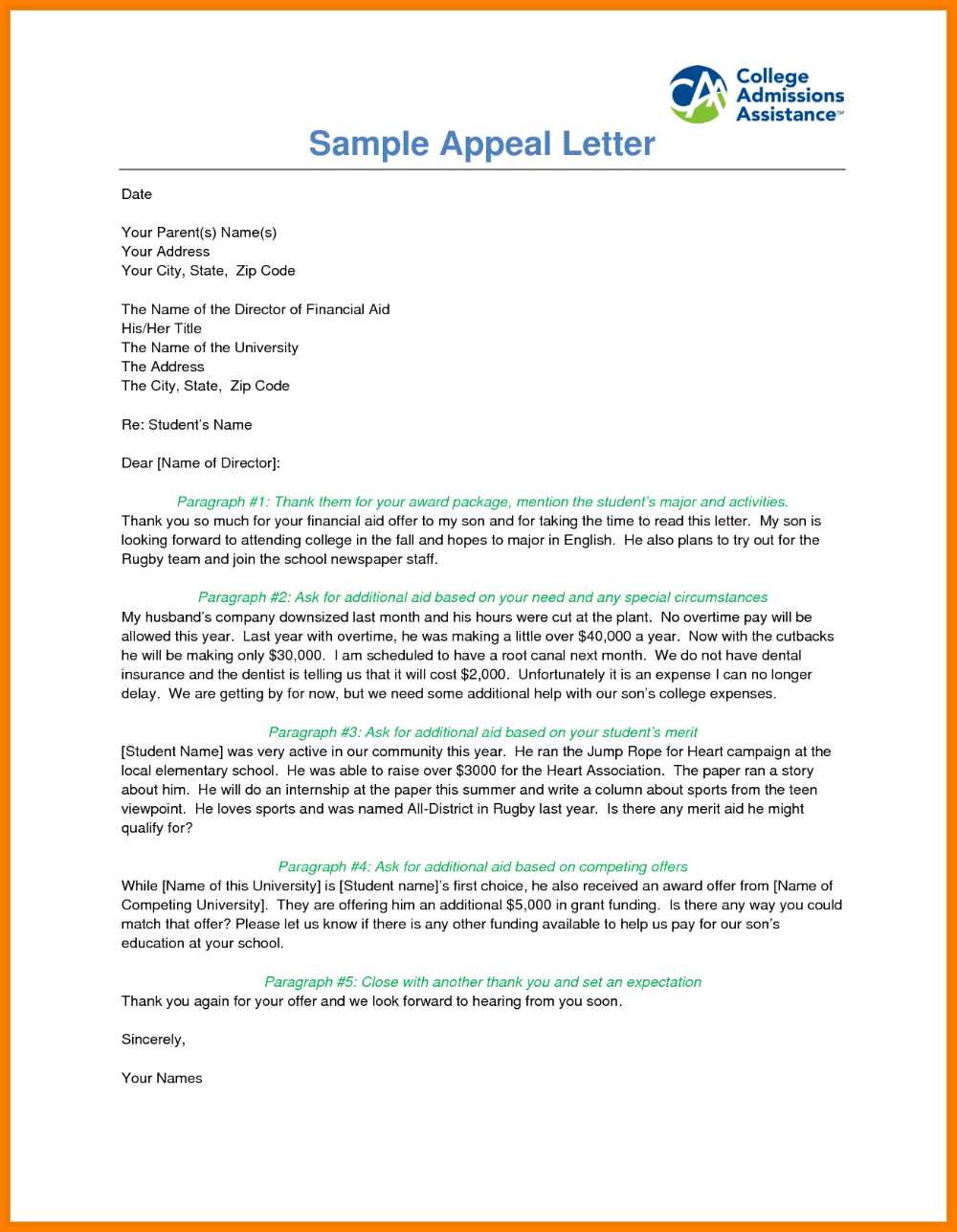
To write a reinstatement letter, begin with clear identification of the reason for requesting reinstatement. Address the letter to the appropriate authority, such as the human resources manager or supervisor, and ensure it is concise and to the point.
Key Components of the Letter
- Introduction: State your request for reinstatement right away. Mention your name, position, and the reason you are writing.
- Reason for Absence: Provide a brief explanation of why you were absent or removed, such as personal issues, health reasons, or company layoffs.
- Commitment to Improvement: Express how you plan to avoid past issues and perform at your best moving forward. Offer specifics, such as taking on additional training or being more punctual.
- Expression of Gratitude: Thank the reader for considering your request and express your desire to return to work and contribute positively.
Sample Reinstatement Letter
Dear [Recipient’s Name],
I hope this message finds you well. I am writing to formally request reinstatement to my position as [Position Name] at [Company Name]. I deeply regret the circumstances that led to my departure, and I would appreciate the opportunity to return and contribute to the team once again.
Due to [briefly explain the reason for absence or removal], I was unable to fulfill my responsibilities at the time. However, I have taken necessary steps to ensure such issues will not recur. [Describe any actions taken, such as attending workshops, improving time management, etc.].
I am committed to applying my skills and experience to enhance the success of the team and company. I am confident that I can make a positive impact and fulfill my duties with dedication.
Thank you for considering my request. I look forward to the opportunity to discuss this further.
Sincerely,
[Your Name]
Final Tips
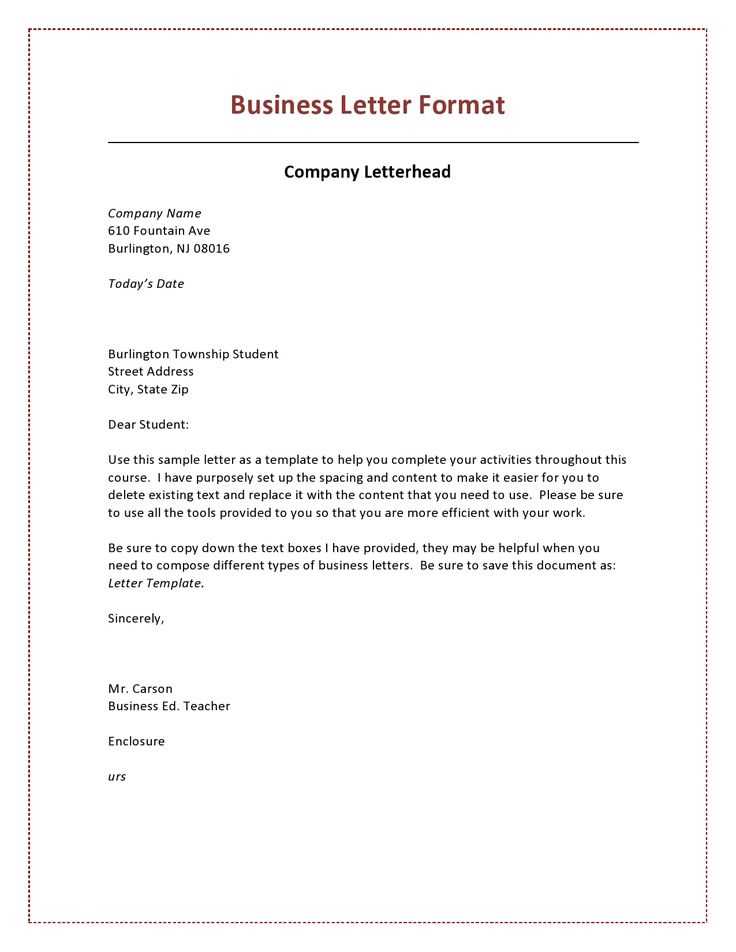
- Keep it professional: While you may feel emotional about returning, stay professional and clear.
- Be concise: Avoid lengthy explanations. Keep the letter short, direct, and focused on the core points.
- Follow up: After sending the letter, follow up if you don’t hear back within a reasonable time frame.
Reinstatement Letter Template: A Practical Guide
How to Organize Your Reinstatement Letter
Essential Elements to Include in Your Request
Appropriate Tone and Language for Reinstatement
Frequent Errors to Avoid While Writing
What to Do if Your Request is Refused
When to Consult Legal Experts for Reinstatement Issues
To begin with, ensure your reinstatement letter is clear and concise. Stick to a formal structure: start with your contact information at the top, followed by the date, the recipient’s information, and a formal salutation. The body should be structured in a way that clearly explains the reason for your request.
How to Organize Your Reinstatement Letter
Divide the content into three key parts: introduction, explanation of the situation, and a closing request. In the introduction, briefly explain the purpose of your letter. In the main section, clearly describe why you are requesting reinstatement, including any relevant details such as dates, actions, or circumstances leading to the termination. End with a polite request for the reinstatement of your position, providing any necessary follow-up steps or contact details.
Essential Elements to Include in Your Request
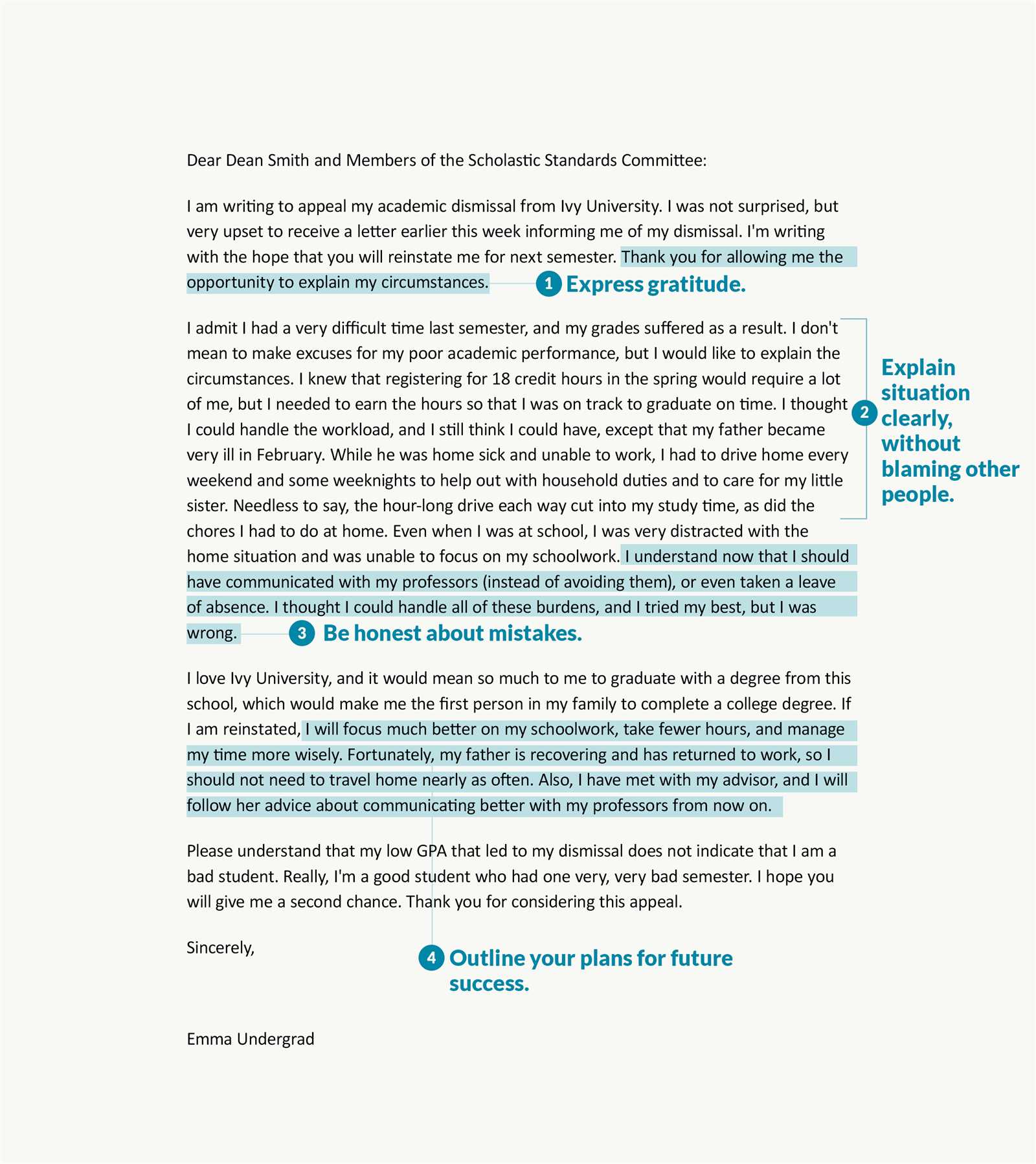
Your letter should include key points that justify the reinstatement request. First, acknowledge any mistakes made and take responsibility if applicable. Show your willingness to rectify any issues. Include references to previous communication or actions that support your case. Be specific about your desire to return and outline any improvements or changes made on your part.
Use a respectful tone throughout. Avoid being defensive or confrontational, as this could harm your chances of success. A positive, cooperative tone can make a significant difference. Keep your language professional, but avoid overly complex or technical terms that could confuse the reader.
Frequent Errors to Avoid While Writing
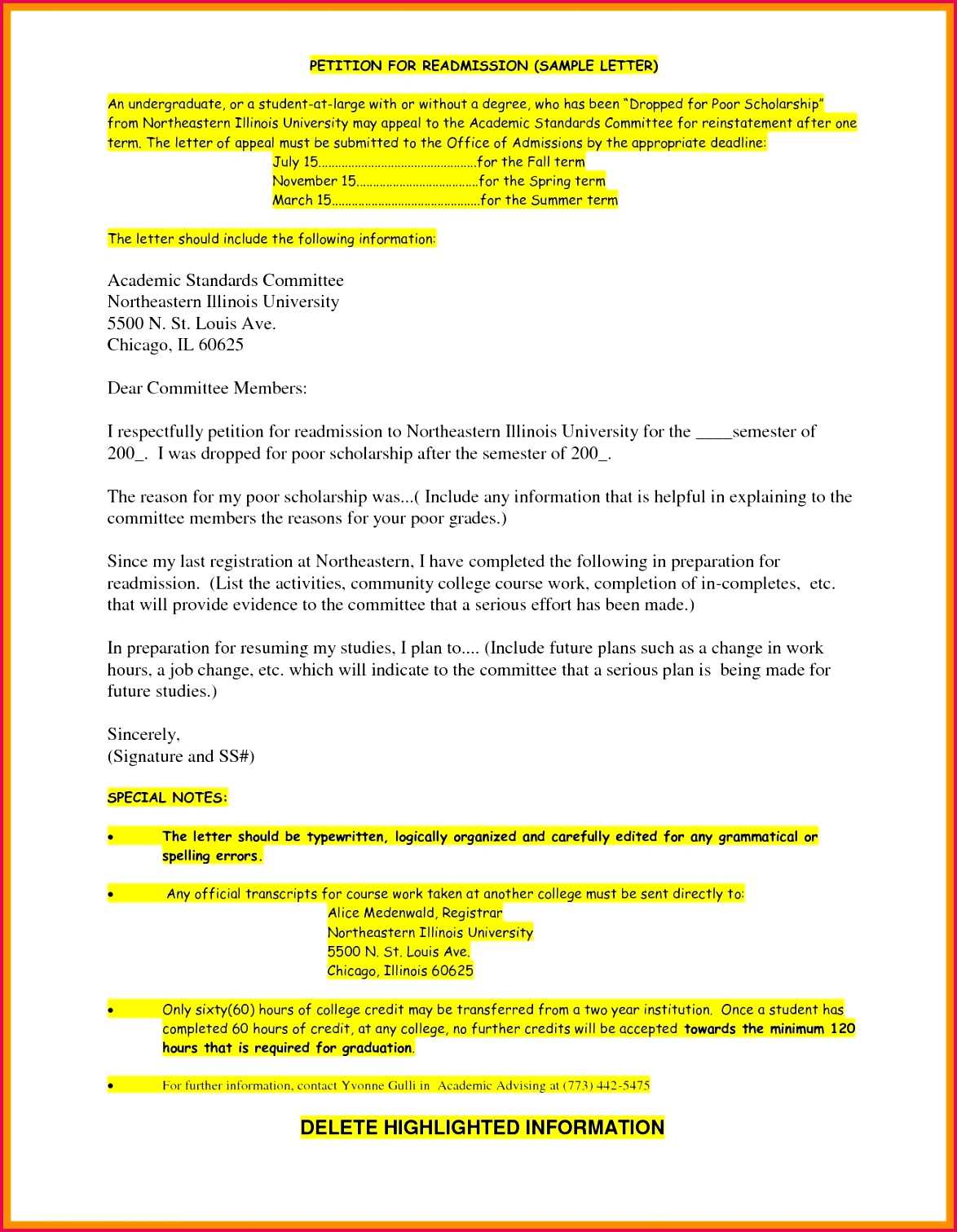
Avoid being too vague. Clearly state what you are requesting and why. Also, refrain from making threats or demands. This can make your letter seem aggressive and unprofessional. Don’t overlook proofreading–spelling and grammatical errors can undermine your credibility. Lastly, do not neglect to follow up; after sending the letter, wait a reasonable amount of time, then contact the recipient if you haven’t received a response.
What to Do if Your Request is Refused
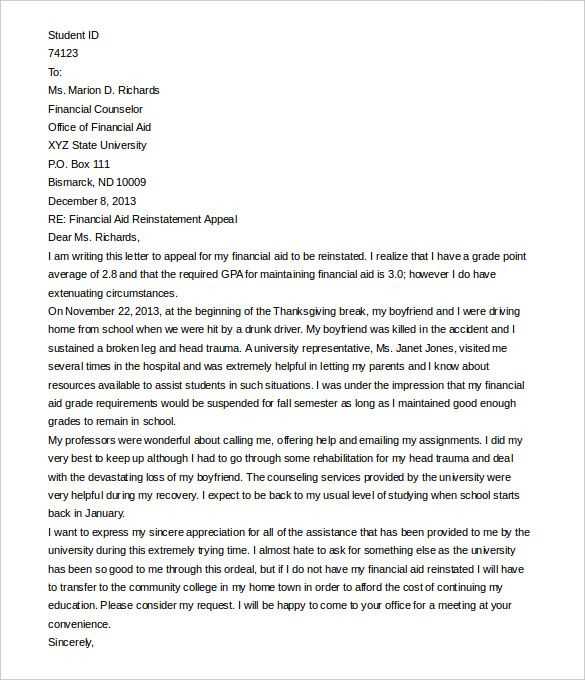
If your request is denied, stay calm. Politely ask for feedback or reasons behind the decision. This shows you are open to improvement and still interested in returning. If appropriate, consider drafting another letter addressing the points raised in the refusal. If the refusal is based on legal grounds, consider exploring alternative options or seeking advice from a legal expert.
When to Consult Legal Experts for Reinstatement Issues
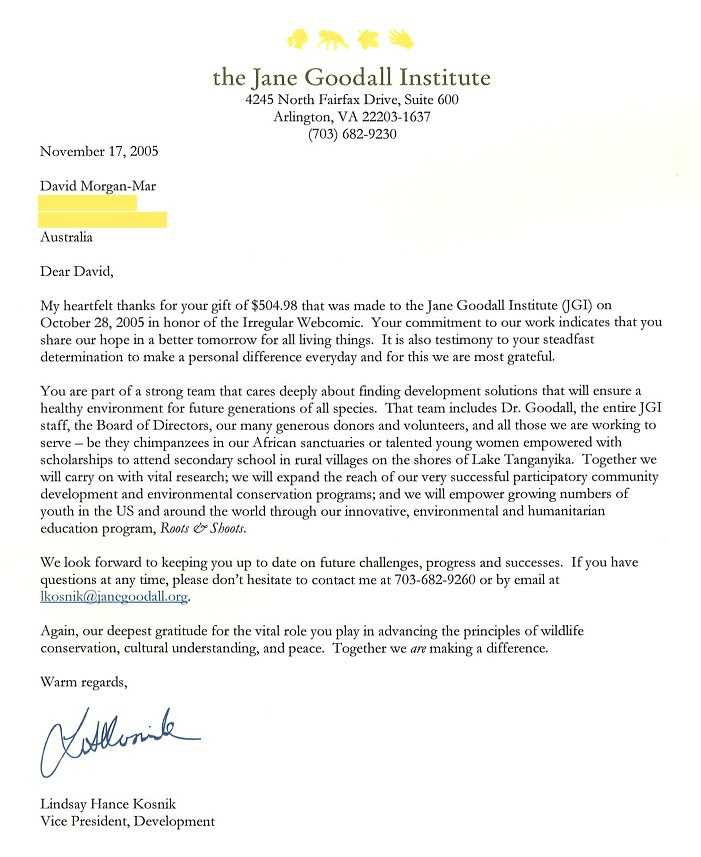
If your reinstatement request involves legal complications or if you believe the refusal was unjust, consulting a lawyer is a wise step. Legal experts can help you understand your rights and explore further actions, including possible appeals or alternative solutions to resolve the issue.